ToxCard: Iron
EMDocs
DECEMBER 6, 2024
7 Workup other than serum iron concentration at 4 hours after ingestion not shown to accurately predict clinical outcomes or severity of toxicity. Aggressive fluid resuscitation as patients may be severely hypovolemic from GI symptoms. Blood transfusion for clinically significant blood loss.

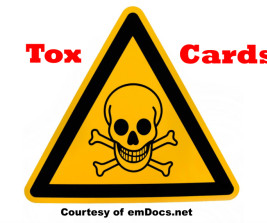
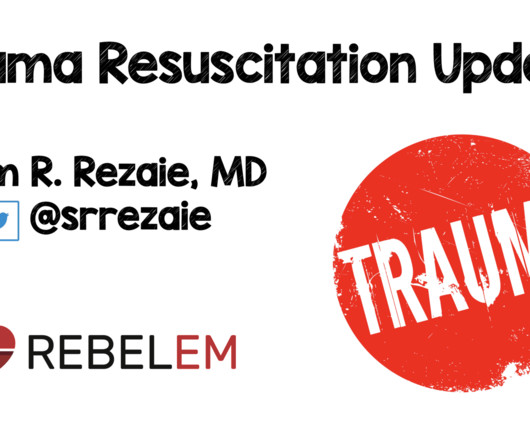


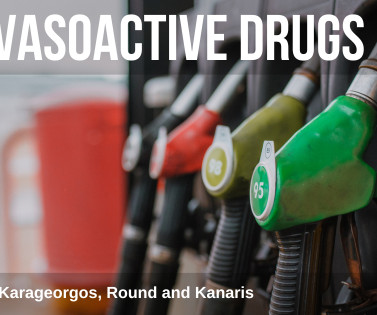

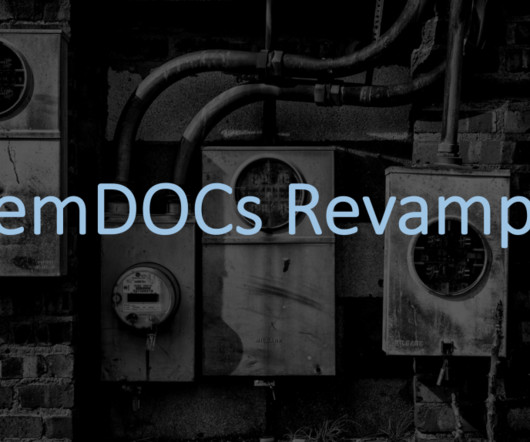
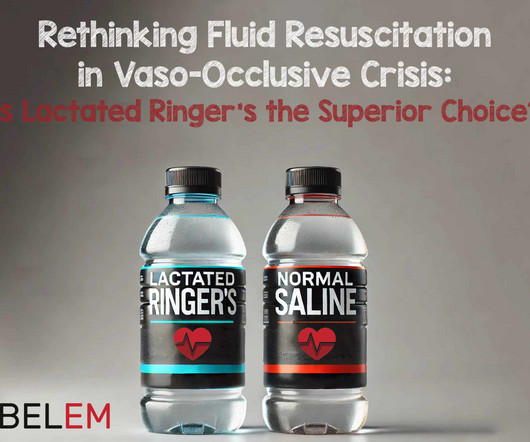
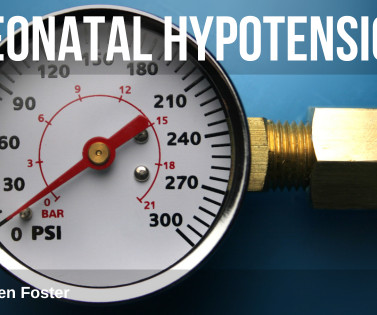






Let's personalize your content